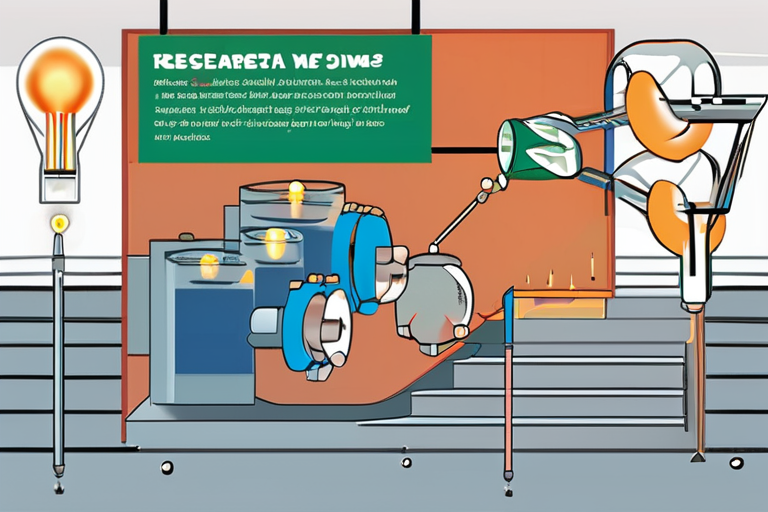Researchers at Texas A&M University have made a groundbreaking discovery in the field of renewable energy, exploring the potential of MXenes, a family of two-dimensional materials, to transform air into fuel and fertilizer at the atomic level. According to a recent study, MXenes could revolutionize green ammonia production by optimizing the process through their tunable atomic structures. This innovation has significant implications for the production of cleaner fertilizers and fuels, making it a promising alternative to expensive catalysts.
The study, led by Dr. Abdoulaye Djire, focuses on the unique properties of MXenes, which are low-dimensional compounds made of carbide nitrides. These materials have been found to have exceptional catalytic properties, allowing them to facilitate chemical reactions at the atomic level. By tuning the chemical compositions of MXenes, researchers can optimize their performance, making them more efficient and effective in producing ammonia.
"MXenes have shown tremendous potential in catalyzing chemical reactions, and we believe that they can be used to produce ammonia in a more sustainable and efficient way," said Dr. Djire. "Our research aims to explore the possibilities of using MXenes to transform air into fuel and fertilizer, which could have a significant impact on the production of cleaner fertilizers and fuels."
The production of ammonia is a critical process in the fertilizer industry, accounting for approximately 80% of global ammonia production. However, traditional methods of producing ammonia are energy-intensive and rely heavily on fossil fuels, contributing to greenhouse gas emissions. The use of MXenes could provide a cleaner and more sustainable alternative, reducing the environmental impact of fertilizer production.
The study's findings have significant implications for the development of renewable technologies, particularly in the production of green ammonia. According to the International Energy Agency, green ammonia production is expected to play a crucial role in the transition to a low-carbon economy, with the potential to reduce greenhouse gas emissions by up to 80%.
While the study's results are promising, further research is needed to fully understand the potential of MXenes in producing green ammonia. Dr. Djire and his team are currently working on scaling up their research, exploring the possibilities of using MXenes in industrial-scale applications.
As the world continues to grapple with the challenges of climate change, the discovery of MXenes has the potential to revolutionize the production of cleaner fertilizers and fuels. With their unique properties and tunable atomic structures, MXenes could provide a sustainable solution to the production of ammonia, reducing the environmental impact of fertilizer production and contributing to a cleaner, greener future.



























Share & Engage Share
Share this article